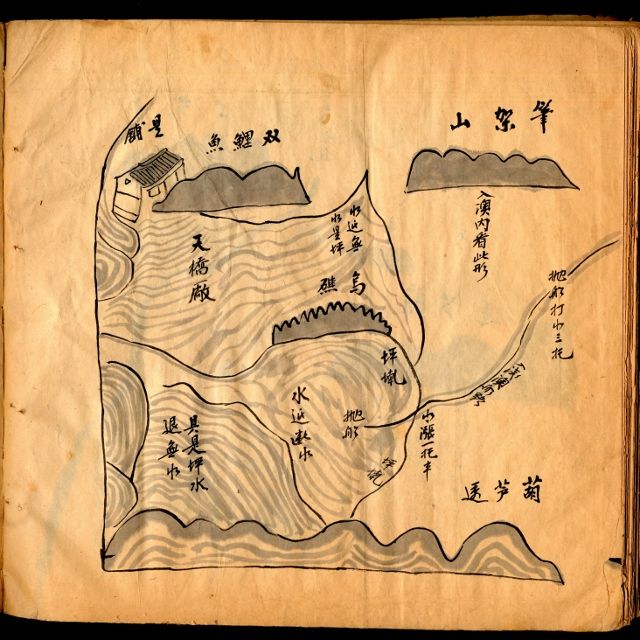Liu Ye
Bay Area Architecture
What we refer to today as (Guangdong–Hong Kong–Macau) "Bay Area architecture" consists of three parts, which I provisionally describe from large to small in terms of scale. The largest part is the natural-humanistic geography. It was mostly settled before the birth of humanity but was later identified, requisitioned, and utilized by historical actors. The Xijiang River flows out of the mountainous Yunnan-Guizhou Plateau. Eventually, it surges through Southern China, where it merges into the sea, creating the alluvial plain known today as the Pearl River Delta. Compared to the maps, we can see how the contours of the Pearl River estuary have been gradually narrowed through siltation and reclamation through thousands of years of human intervention. In a broader sense, this architecture is a spatial installation woven by the intersections of rivers, mountains, plains, marshlands, the offshore water, and the oceans. Each element creates its meaning based on its positional relation with others and ultimately establishes specific stability among them.
Unlike the other three major Bay Areas—New York, San Francisco, and Tokyo—the Guangdong–Hong Kong–Macao Bay Area is probably the only space that presents a fault line of the world order. The border between Shenzhen and Hong Kong, which on the surface consists of infrastructures such as barbed wires, fences, rivers, guard posts, border checkpoints, and ports of entry, is fundamentally backed by a towering superstructure: laws, treaties, and ideologies that have so far (partially) defined the order of the region. All of these comprise the foundation of the second part of the Bay Area's architecture. It takes shape in the time-saving and cost-effective strategies for by-straits travelers and traders planning cross-border roads, bridges, and tunnels, and even more in the phenomenological perceptions and juridical jargons that enable the writings of the differences in writing of the phenomenological perceptions and juridical hacks of the global order. Specifically, it is the only place among the four major Bay Areas where the vestiges of colonialism and Cold War confrontation remain, all immersed in the boom of hi-tech and innovation, finance, and trade. Many people once thought that capital would undermine borders and that people would eventually embrace each other simply by following it through. Yet this antique vision has suddenly become precarious quite recently.
As for the third kind of architecture, see the term "Keying."
(Translated by Fiona He)

"Nautical reference charts of 'Transportations between Nan'ao, Taiwu, Tung Chung and Shuangkou, Goryeo and Gotō Islands', compiled in 1841 and later collated as Navigational map book of Eastern Ocean and Southern Ocean in the Qing dynasty, now is collected in the Yale University.